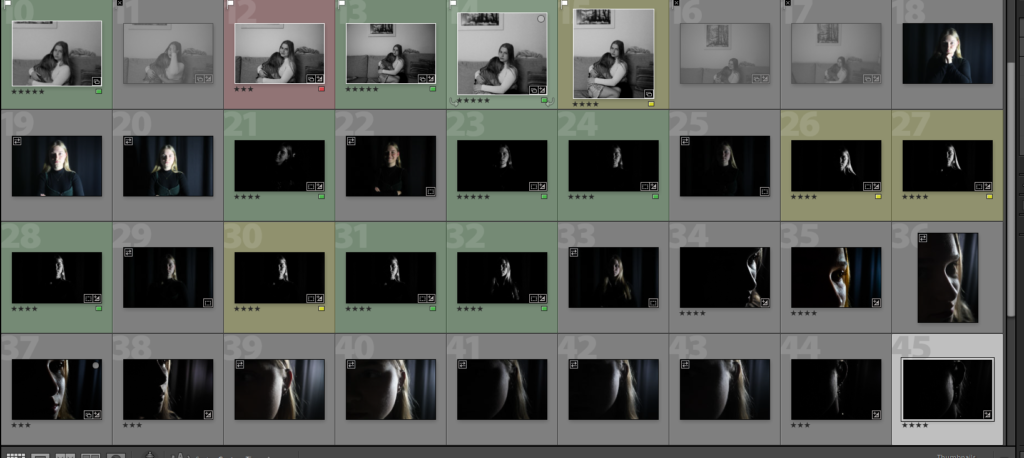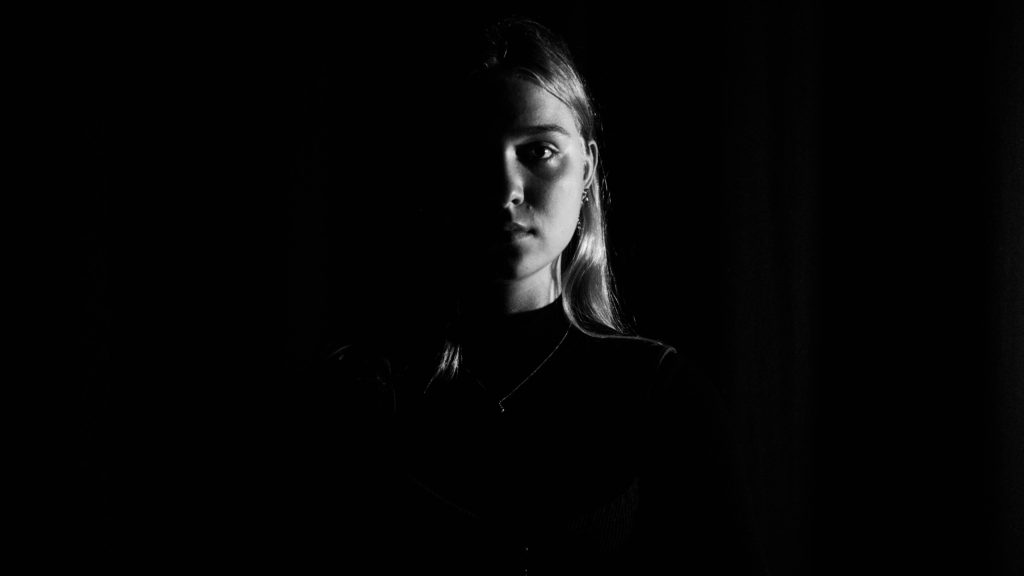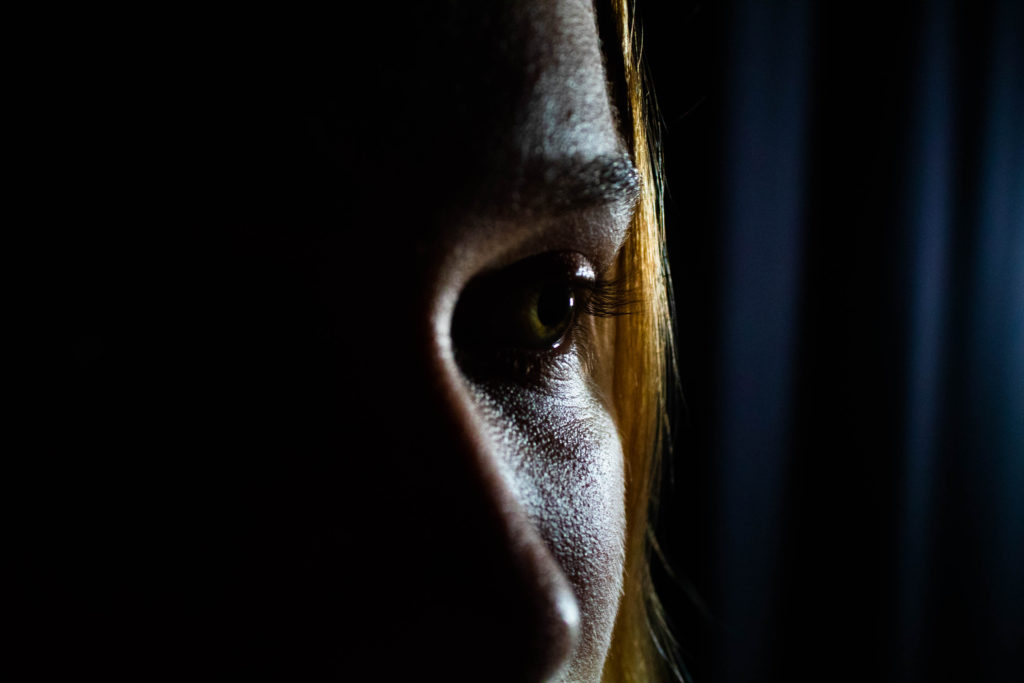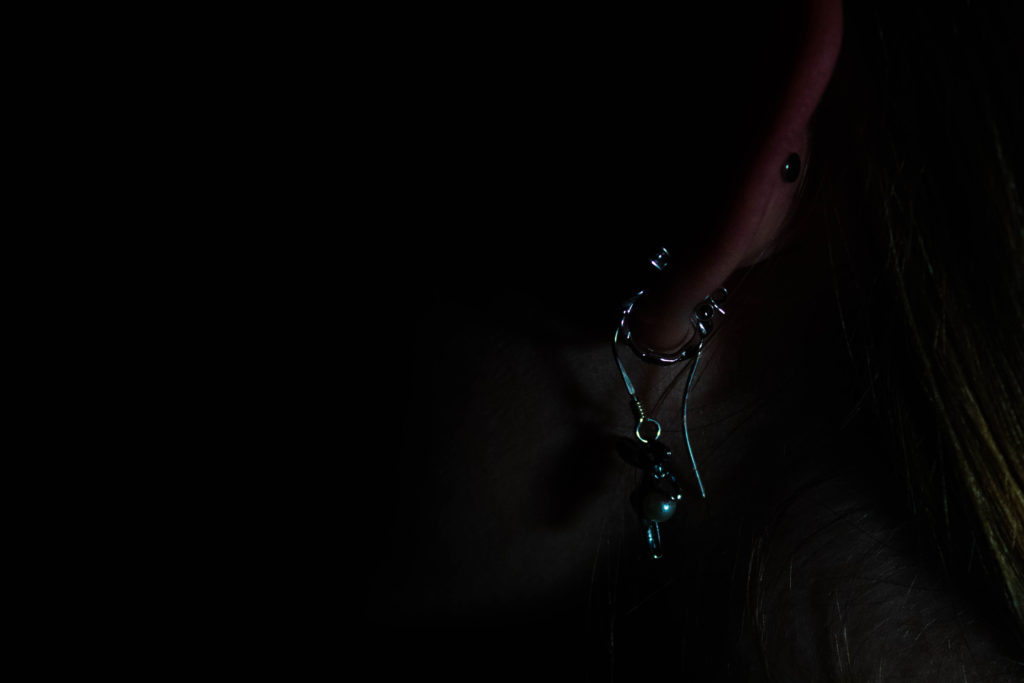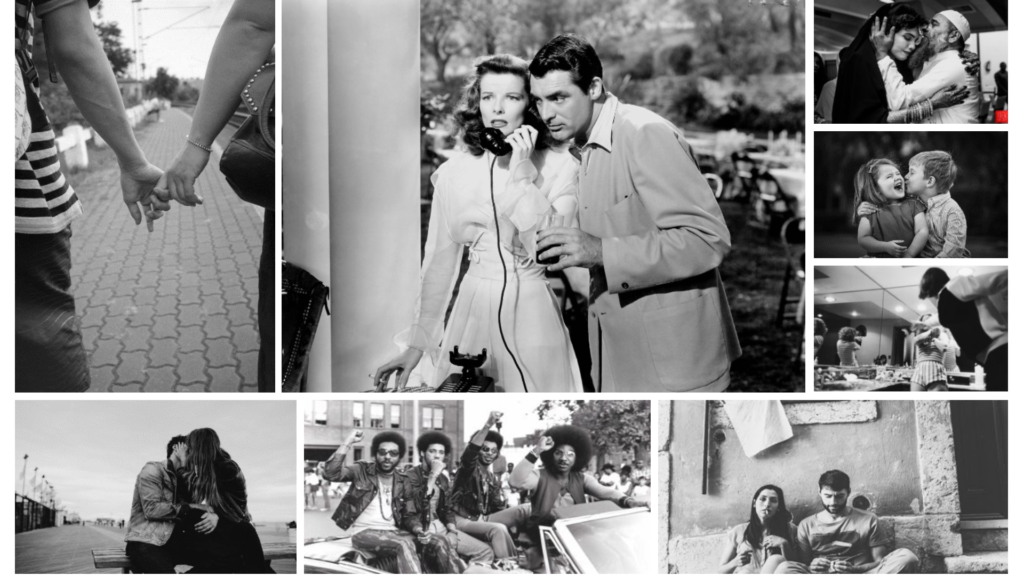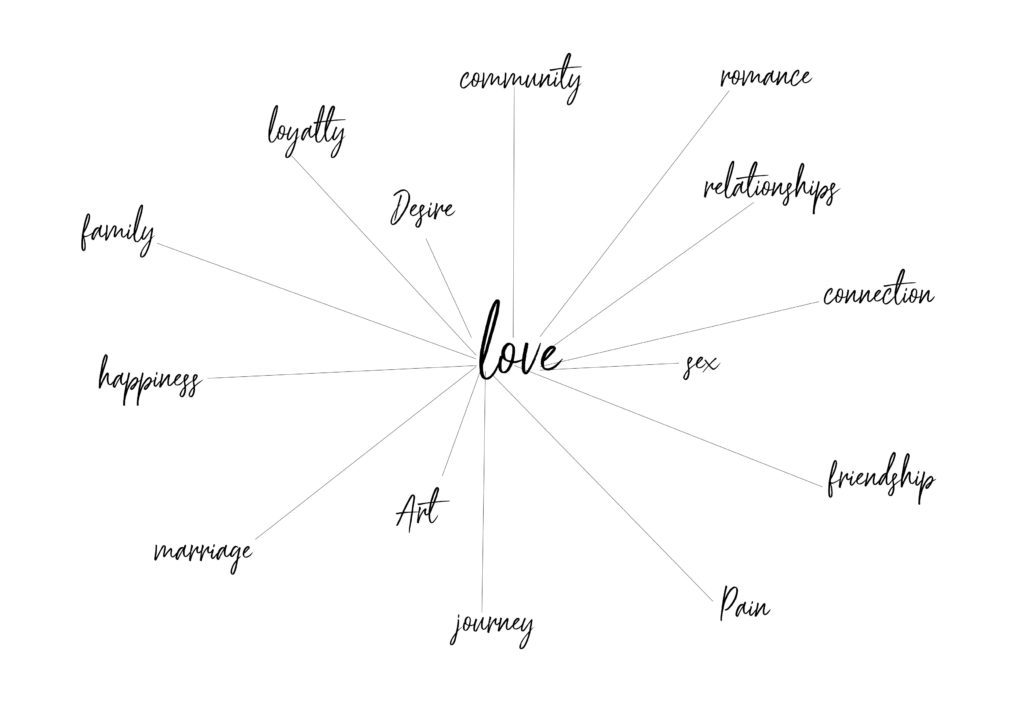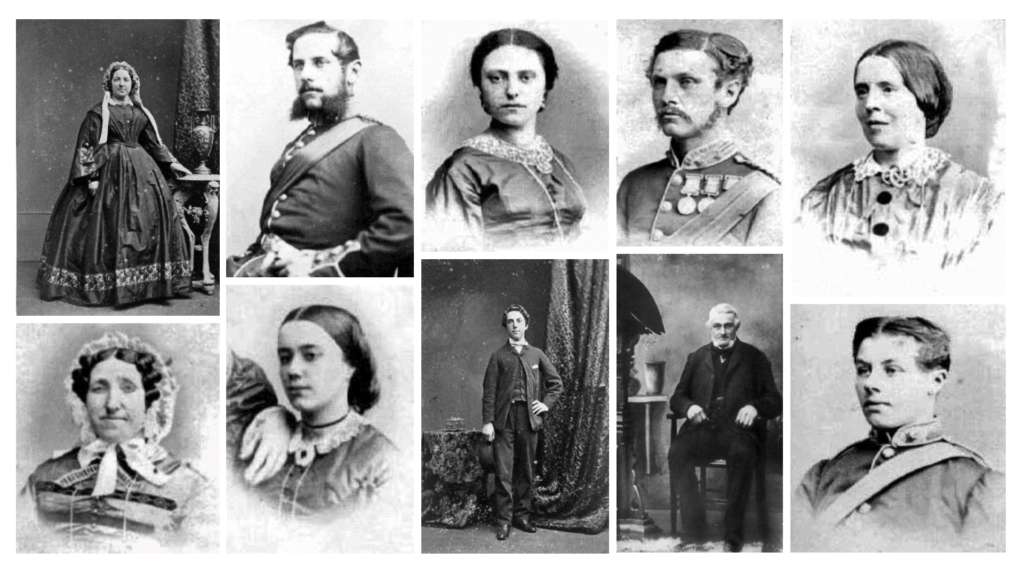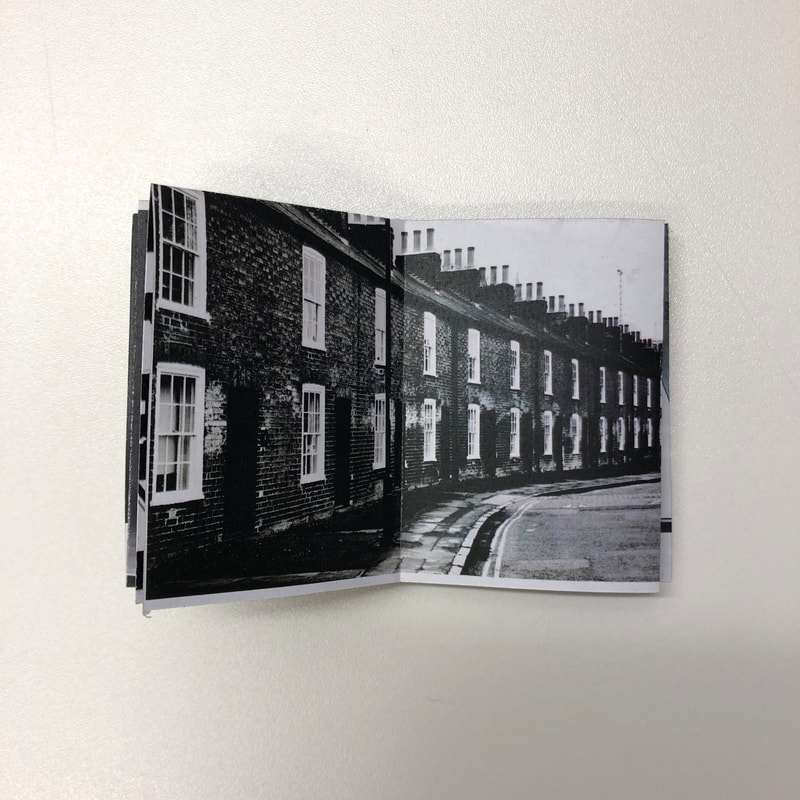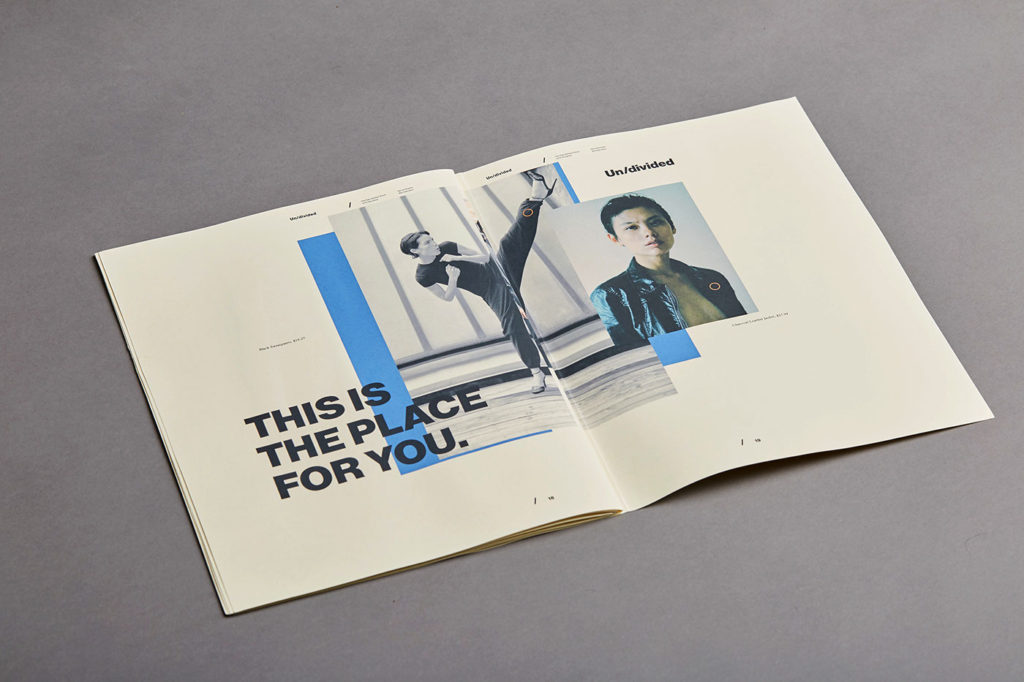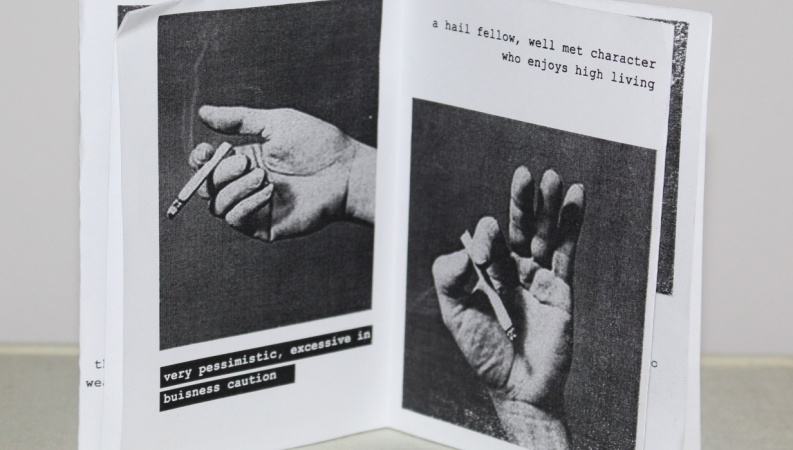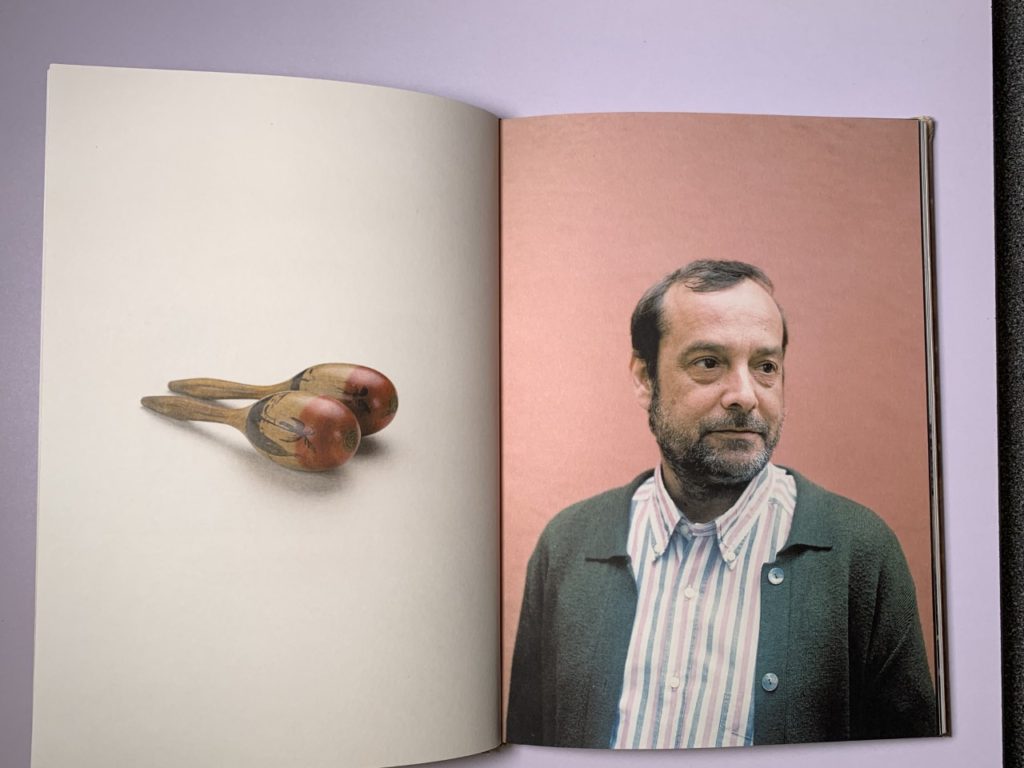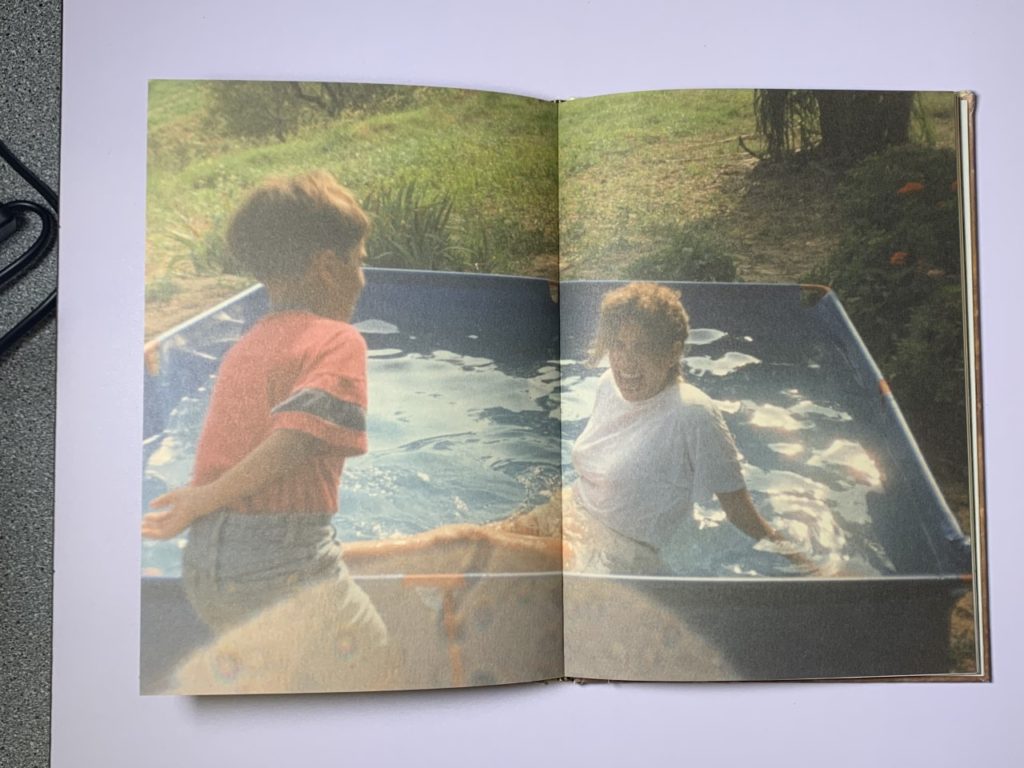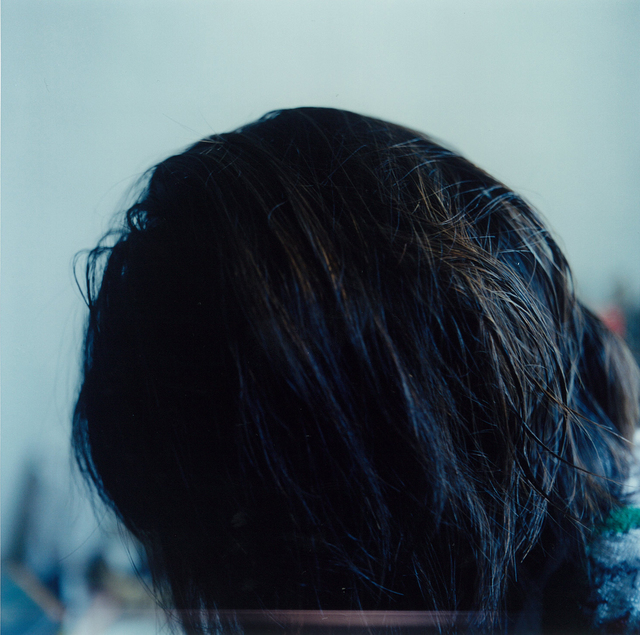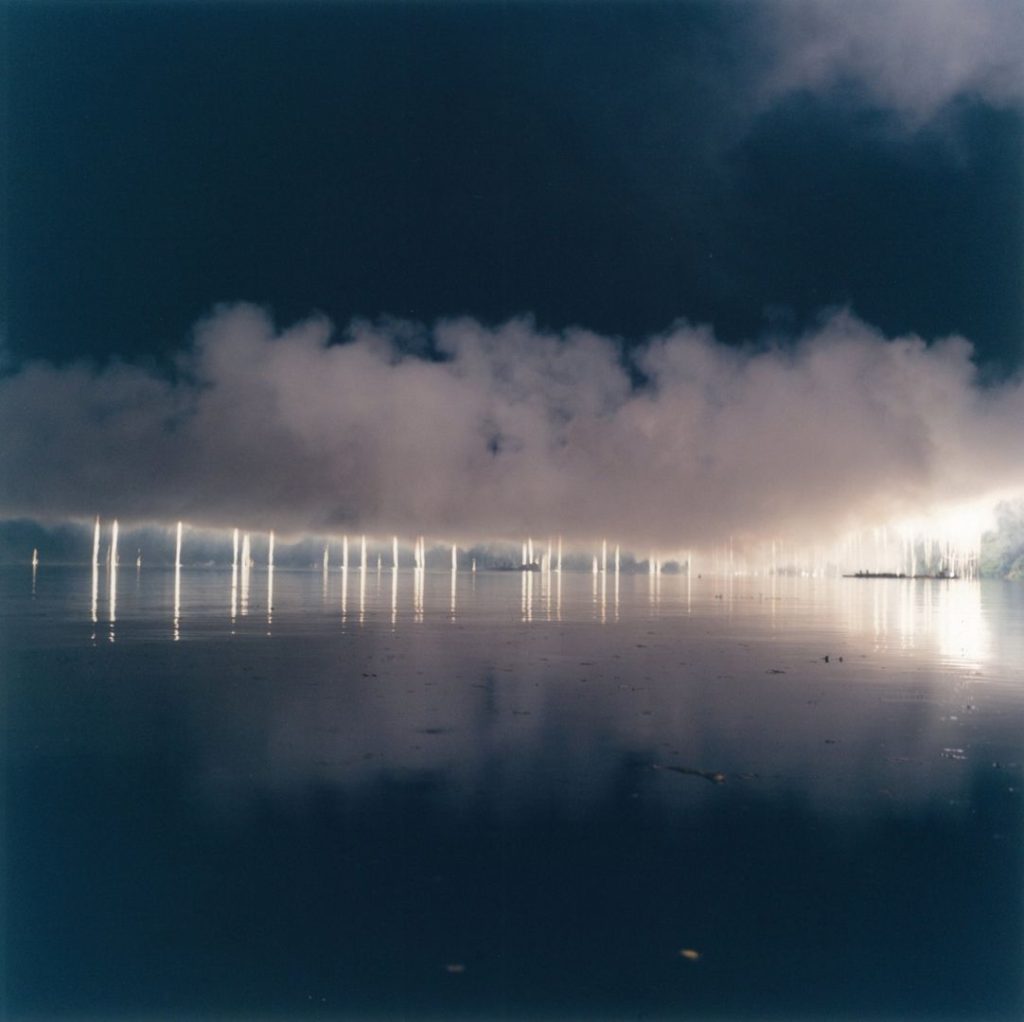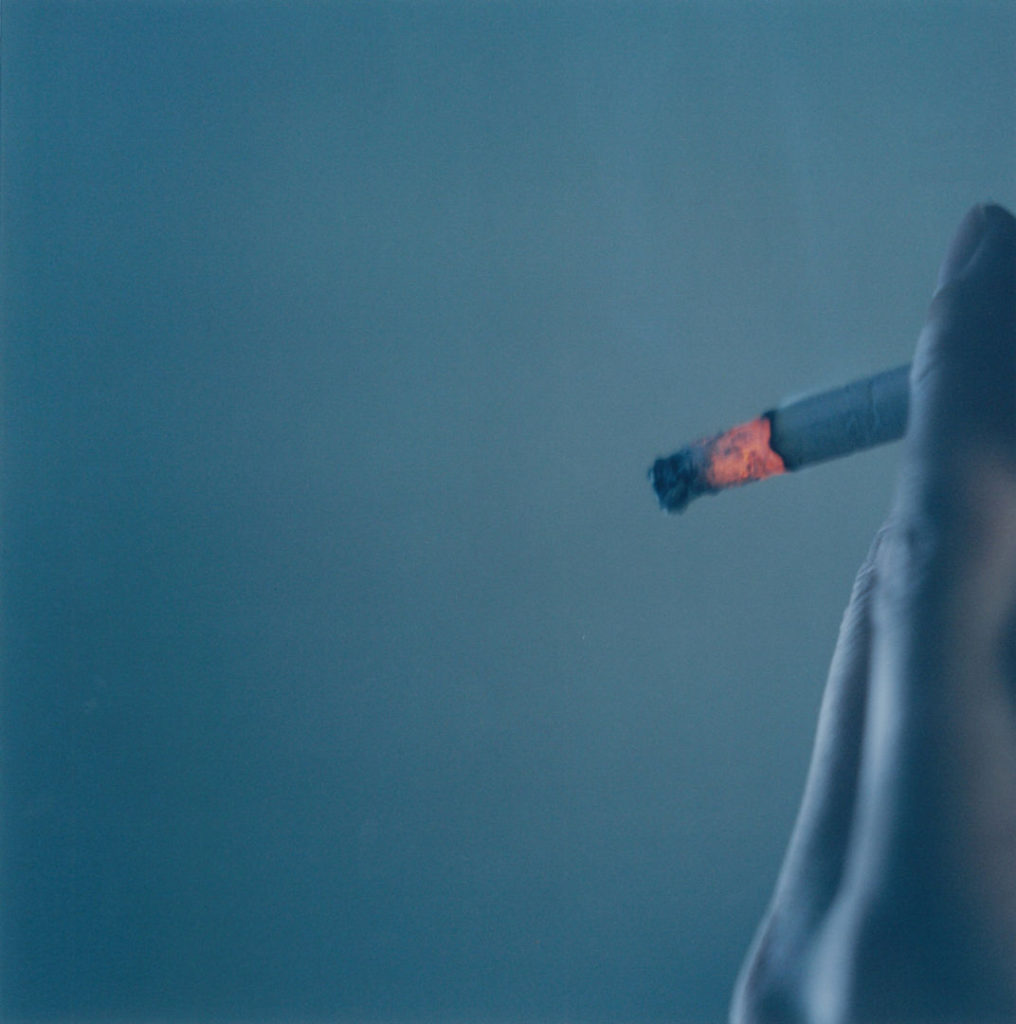STORY: What is your love story?
- 3 words – father
- A sentence – following the life of my dad
- A paragraph – learning and documenting the life of my dad, taking photographs of significant places, things or moments in his life.
NARRATIVE: How will you tell your story?
- Images > of my dad and possibly his siblings/relatives who were my grandparents children, possibly imitating past photos in same locations and highlighting similarities in looks and characteristics in close up portraits. Taking photos of previous houses/farms they lived in and comparing them to what they look like present day. Aiming to capture real Jersey/French roots aswell as showing our families strong history.
- Archives > old photos from family albums and SJ/Jersey archive, family trees
- Texts > letters, documents, poems, text messages
AUDIENCE: Who is it for?
Everyone and anyone of any age, but mainly myself, for my personal interest but also for anyone who shares the same situation of never meeting their grandparents. Possibly also for my family, which would bring a sense of nostalgia back to them.
IDEAS: What am I planning to do?
- A focus on the families strong history and individuality
- Capture differences and similarities between relatives who have deceased and those who are still around today.
- Keep it interesting and maybe even weird, use metaphors
- Don’t just do portrait images, also aim to photograph the family tree, archival images and also buildings/places of residence, whether it is now or was previously, or places they frequently visited, or had a close connection to, local church, local pub, local beach, parish hall, but also photograph objects of potential heirlooms, objects that have a special meaning to someone, all in the aim of adding context to my families unique story.
IMAGE IDEAS: How am I going to tackle this?
- Portraits of my dad or other siblings/relatives of his/mine
- Archival imagery of people such as my grandma and grandad as well as significant/relevant places/buildings
- Candid Images of my dad just being himself in his daily life, unstaged, unprepaired and natural. (Images of him working, doing chores, or enjoying life/pastimes and hobbies)
- Tableuax images, of him posing the same way as his dad to reenact an old photo
- Close up images, abstract images, hand images. (I want to stay away from the overused abstract theme, I want my story to be more clear and emotional as a pose to confusing and mysterious as I am trying to learn and share my families history
- Images of environment/buildings/areas of significance/local places
- Unexpected images
- Surprise photographs
- Standard Iphone photographs, use images from my camera roll from the past year
- DSLR camera photos for higher quality/better resolution photographs

